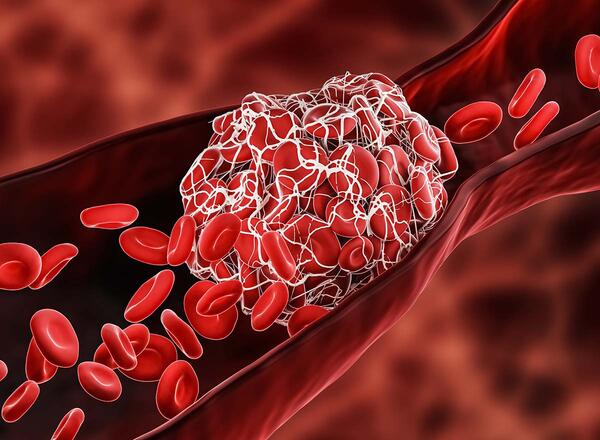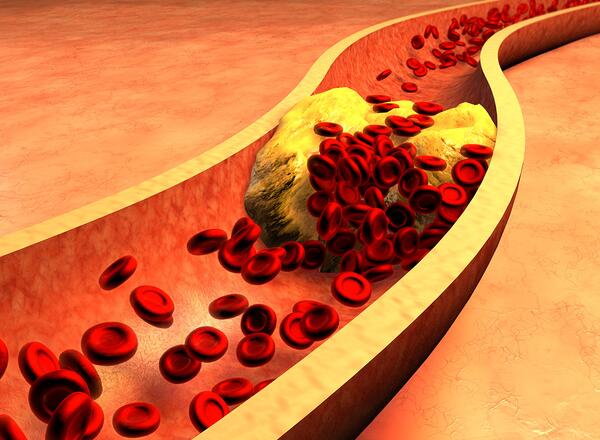
Heart disease continues to be the leading cause of death in the United States for both men and women. The good news is that it is often preventable. The link between diabetes and heart disease is well established. Diabetes is recognized as a major risk factor for heart disease. Having diabetes increases your risk of heart disease two to four times. So, why is this? What about having diabetes makes heart disease more likely?
Heart disease risk factors such as high cholesterol, high blood pressure, and smoking damage blood vessels. Blood vessels of people with diabetes appear to be even more susceptible to damage from these factors. It may be that poorly controlled blood glucose over time contributes to the increased risk of damage to blood vessels.
Your best defense against heart disease is well-controlled diabetes and establishing targets of care for heart disease and diabetes.



